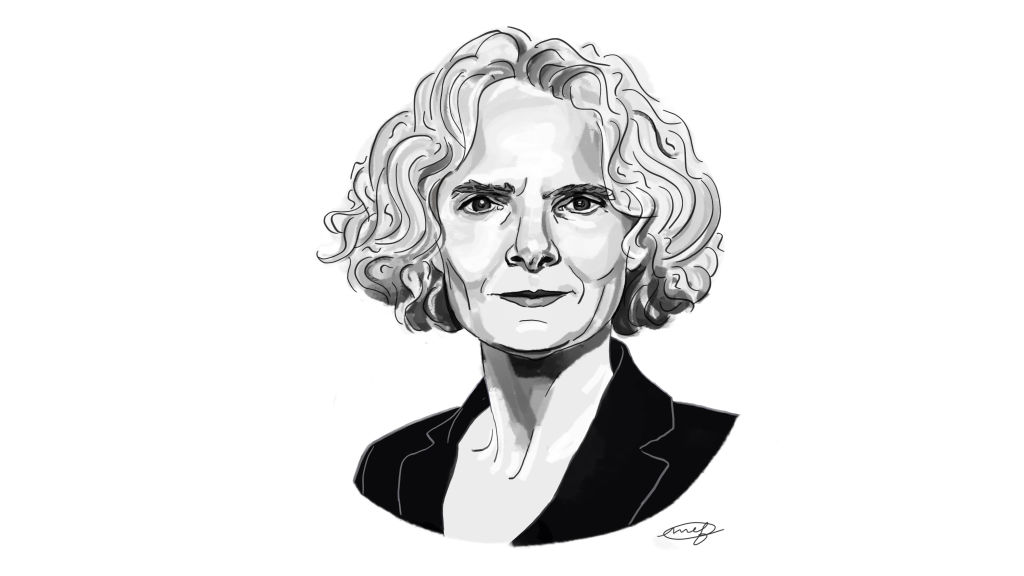In 2003, the year Nora Volkow was appointed director of the National Institute on Drug Abuse, roughly 4,000 Americans died of opioid overdose.
In the two decades since, the overdose crisis has morphed into a full-fledged public health emergency, with 80,000 Americans dying from opioid overdoses each year. But in that stretch, relatively little has changed about the way the U.S. treats opioid addiction. In particular, the country has done little to make methadone and buprenorphine — highly effective medications used to treat opioid use disorder — more available to those who need them.
advertisement
Despite NIDA research that has repeatedly highlighted the medications’ effectiveness, just 22% of Americans with opioid use disorder receive medication-assisted treatment, as the approach is known. Others seeking medical care are often pushed into 12-step meetings, sober living homes, or rehab facilities that expressly forbid the use of medications — even as leading medical groups cast methadone and buprenorphine as the country’s best tools for ending the opioid crisis. Methadone can only be distributed by specialized clinics that typically require patients to attend the clinic in person each day to receive their dose, a structure that forces patients to structure their lives around their clinic’s hours and location.
Get unlimited access to award-winning journalism and exclusive events.

